How to Choose Embroidery Scissors for Your Sewing Project
Did you know that using the right embroidery scissors with sharp tips can make a significant difference in the cut of your sewing project?
Whether you’re an experienced embroiderer or just starting, selecting the perfect pair of embroidery scissors with stainless steel blades is crucial. With countless options available, finding the ideal ones can be overwhelming.
However, understanding your specific needs and considering factors like blade sharpness, handle comfort, overall quality, straight-tip scissors, fabric scissors, small scissors, and favorite scissors will lead you to the best choice.
Precision is key. The right pair of hand-sewing scissors can effortlessly cut through delicate fabrics and intricate designs without causing any damage.
From fine-pointed blades to ergonomic handles, we’ve got you covered with everything you need to know about picking the perfect tool, including your favorite scissors, for flawless stitching results.
Understanding the Importance of Right Embroidery Scissors
The Importance
It’s crucial to understand the significance of your favorite scissors in your stitching endeavors. Using the right scissors can significantly enhance your sewing experience by ensuring clean, precise cuts and preventing frayed threads.
On the other hand, using the wrong pair of scissors can lead to uneven cuts and damage to delicate fabrics, ultimately affecting the overall quality of your embroidery work.
Quality matters. Investing in a good pair of cuts is essential for achieving professional-looking results. High-quality embroidery scissors are designed with sharp, fine tips that allow you to trim close to the fabric without accidentally cutting nearby stitches or materials. This precision is especially important when working on intricate designs or small details where accuracy and cut are paramount.
Factors to Consider
When choosing embroidery scissors, cutting is a factor you should consider.
- Blade Type: Look for a pair of scissors with sharp, pointed blades that enable you to make precise cuts around tight corners and intricate patterns.
- Comfort: Opt for ergonomically designed handles that provide a comfortable grip, reducing hand fatigue during extended use.
- Size: Consider the size of the scissor blades in relation to your hand size and comfort level; smaller hands may find smaller blades more manageable for cutting.
- Material: Choose high-quality stainless steel or titanium-coated scissors for durability, long-lasting sharpness, and precise cutting.
It’s also worth noting that if you’re looking for something more stylish or unique, brands like Dinky Dyes offer colorful patterned embroidery scissors that not only serve their purpose but also add a touch of personality to your sewing kit.
Exploring Types of Scissors for Embroidery
Understanding Different Types
There are various types available, each with its own advantages and cuts. You have the stork, straight, and curved designs. The stork scissors resemble a bird’s beak and are perfect for delicate cutting tasks in your embroidery work. Straight scissors are versatile and can handle different cutting angles while curved scissors help you reach tight corners easily.
Exploring these different types allows you to find the one that best fits your needs and preferences. For instance, if you enjoy working on intricate details in your embroidery project, stork or curved scissors might be more suitable due to their precision in cutting.
Benefits of Each Type
Each type of scissor offers unique benefits that cater to specific aspects of embroidery work or hand-sewing projects, such as cutting.
Stork scissors provide excellent control and maneuverability when cutting threads close to the fabric without causing any damage. On the other hand, straight embroidery scissors offer versatility as they can cut through various materials with ease.
If you often find yourself needing to access hard-to-reach areas during your sewing or quilting projects, then curved embroidery scissors would be ideal for efficiently navigating those tricky spots and cuts.
Finding Your Perfect Match
By exploring different types of scissors, you can determine which one aligns with your favorite techniques or personal preferences for cutting.
For example, if you prefer creating rag quilts or working as a textile artist using unconventional materials such as denim or leather in your projects, finding small yet sturdy appliqué scissors to cut might significantly enhance your experience.
Before I found my Guggenhein sheers (#1 above), Gingher 8″ dressmaking shears were my favorite pair of fabric-cutting tools for years.
Factors to Consider When Choosing Embroidery Scissors
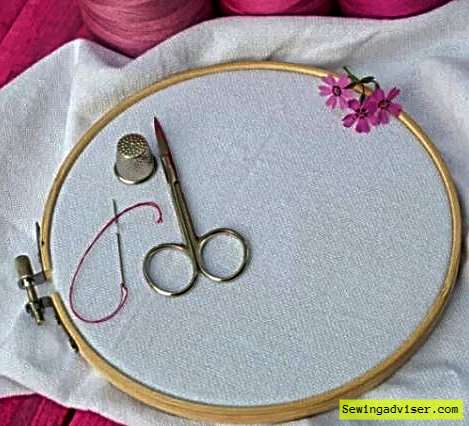
Material of the Scissors
When choosing embroidery scissors for your sewing project, consider the material they are made of to ensure a clean cut. Opt for durable scissors crafted from stainless steel or titanium to cut.
These cut materials ensure longevity and resistance to corrosion, making them ideal for long-term use in your embroidery projects. For instance, stainless steel scissors are known for their rust-resistant properties, ensuring that they remain in top condition even with frequent use.
When considering the material of the scissors, think about how it complements your specific embroidery needs for a clean cut. For example, if you’re working on goldwork embroidery like Hannah Mansfield’s favorite small gold pair from Golden Hinde, you may want to explore specialty options that cater specifically to such intricate techniques.
Handle Grip Comfort
Another important factor in choosing embroidery scissors is the comfort of the handle grip. Look for a pair with an ergonomic design that fits comfortably in your hand to prevent fatigue during extended stitching sessions.
A comfortable handle grip not only enhances your stitching experience but also reduces strain on your hands and fingers as you work through delicate details in your embroidery projects.
Consider trying out different pairs of scissors before making a decision to find one that feels most comfortable for prolonged use. This way, you can assess which handle designs best suit your hand size and stitching style while preventing discomfort or cramping during long periods of intricate needlework.
Size and Weight
The size and weight of embroidery scissors play a crucial role in determining their suitability for your specific needs. It’s essential to choose a pair that aligns with both your hand size and preferred stitching style.
For instance, if you have smaller hands or enjoy working on fine details within your embroidery projects, opt for smaller-sized scissors that offer precision without feeling cumbersome.
Similarly, if you tend to work on larger-scale embroidery pieces or prefer heavier-duty fabrics where more force may be required during cutting motions, consider slightly larger and sturdier pairs of scissors tailored to accommodate these requirements effectively.
Tips for Precision Cutting Techniques with Embroidery Scissors
Proper Scissor Technique
When using embroidery scissors for your sewing project, it’s essential to practice proper scissor technique. Hold the scissors at a slight angle to the fabric for clean cuts.
This ensures that you have better control and precision when cutting intricate designs. By doing this, you can prevent any fraying or damage to the fabric.
Another important aspect of the proper scissor technique is using small, controlled snips instead of long continuous cuts.
This helps maintain precision and prevents accidental cutting of unwanted areas in your design. It also allows you to navigate tight corners and curves more effectively.
Supportive Hand Position
To enhance your precision cutting techniques with embroidery scissors, keep your non-dominant hand close to the fabric while cutting intricate designs.
This provides support and stability, allowing you to make precise cuts without compromising the integrity of the fabric or design.
The Role of Blade Sizes and Lengths in Scissor Selection
Blade Sizes for Different Fabric Areas
When choosing embroidery scissors for your sewing project, it’s essential to consider the size of the blades. Longer blades are perfect for cutting larger areas of fabric.
They allow you to make long, smooth cuts without having to readjust your position frequently. This is especially useful when working on bigger embroidery pieces or when trimming excess fabric around designs.
On the other hand, if you’re focusing on detailed work that requires precision and control, shorter blades are more suitable. These allow you to maneuver through intricate patterns with ease and accuracy.
For instance, when snipping close to delicate stitches or creating small appliqué pieces, shorter blade lengths give you better command over your cutting movements.
Considering these points will help ensure that your embroidery scissors complement the specific needs of each sewing project.
Whether it’s a large-scale design requiring extensive cutting or a smaller piece demanding meticulous attention to detail, selecting the right blade size will greatly influence the quality and efficiency of your work.
Blade Shapes Tailored to Your Stitching Style
In addition to sizes and lengths, another crucial aspect of scissor selection is determining the most appropriate blade shape based on your stitching preferences.
If you commonly use straight stitches or require precise corner-cutting for sharp angles in your embroidery projects, pointed blade shapes would be ideal as they offer accurate piercing ability.
Conversely, if curved stitches like French knots are prevalent in your designs or if rounded edges are common features in your patterns, opting for scissors with curved blades would facilitate smoother trimming along those curves without risking accidental snips into adjacent threads.
By aligning the scissor’s blade shape with the types of stitches typically employed in your embroidery work, you can enhance both efficiency and safety during cutting tasks while preserving the integrity of delicate needlework.
Remember that different types of embroidery projects call for varying tools; hence selecting embroidery scissors tailored specifically to each undertaking ensures optimal results every time.
Ergonomics and Comfort in Choosing Embroidery Scissors
Prioritize Comfort
When choosing embroidery scissors for your sewing project, it’s crucial to prioritize comfort. Look for scissors with ergonomic handles that fit comfortably in your hand. This will reduce strain during prolonged use, ensuring enjoyable and pain-free stitching sessions.
Consider scissors with cushioned grips or finger loops to provide extra comfort. These features can make a significant difference, especially when you’re working on intricate designs or spending an extended period cutting threads and fabrics.
For instance, if you’re creating a beautiful rag quilt using various pieces of fabric and threads, having comfortable embroidery scissors can enhance the overall experience by minimizing discomfort during the cutting process.
Choose Quality Materials
Opt for quality embroidery scissors with stainless steel blades for durability and precision. The right tools can make a noticeable difference in the quality of your work as well as your overall experience as an artist.
For example, investing in a good pair of embroidery scissors made by a luxury handmade brand from Sheffield, UK ensures that you are using high-quality materials designed to last over time. The craftsmanship behind these pairs of scissors emphasizes both functionality and comfort through their ergonomic design.
Consider searching online retailers offering affiliate links to such products so you can find ones tailored specifically to your needs.
Pointed vs. Blunt Tips: Which is Right for Your Project
Precision and Maneuverability
When choosing embroidery scissors for your sewing project, consider the type of tips that will best suit your needs. Pointed tips are perfect for precise cutting and maneuvering through tight spaces in your embroidery work. They allow you to make intricate cuts with accuracy, especially when dealing with delicate threads and fabrics.
For example, if you’re working on a detailed floral design or intricate patterns that require sharp turns and tiny snips, pointed tips would be the ideal choice. Their precision enables you to navigate around small areas effortlessly without compromising the quality of your embroidery.
On the other hand, if you’re tackling a project that involves heavier or coarser materials where precision cutting isn’t as crucial, blunt-tipped scissors might not be the most suitable option. In such cases, opting for blunt tips could hinder your ability to achieve clean cuts in tight spots or corners.
Safety and Prevention
These rounded-edge scissors reduce the risk of poking yourself or accidentally nicking nearby fabric strands as you cut.
Imagine working on an embroidered patch for a denim jacket; using blunt-tipped scissors can help prevent unwanted tears in the fabric due to accidental jabs from overly sharp points.
This ensures that not only are you safe from potential accidents but also helps maintain the integrity of your sewing materials throughout your creative process.
Maintaining Your Embroidery Scissors for Longevity
Keep Them Clean
After using your embroidery scissors, make sure to wipe them clean to remove any residue or lint. This simple step helps prevent buildup that could affect the cutting performance of your scissors. By keeping them clean, you ensure that they are always ready for your next sewing project.
It’s important to wipe the blades carefully, ensuring that there is no debris left between the blades or near the pivot point. A soft cloth or a cotton pad can be used for this purpose.
Another way to keep your scissors clean is by dipping a cloth in rubbing alcohol and wiping down the blades thoroughly. This not only removes any remaining debris but also disinfects the blades, which is particularly useful if you use your scissors on different fabrics.
Proper Storage
To protect the sharpness and quality of your embroidery scissors, it’s essential to store them properly when not in use. Investing in a protective case or sheath can help prevent accidental damage to the delicate tips and edges of embroidery scissors.
When storing them, make sure they are placed securely inside their case or sheath so that they don’t move around and potentially cause harm to themselves by knocking against other objects. Storing them separately from other tools can prevent unnecessary wear and tear.
Storing your scissors safely also reduces the risk of accidents when reaching into your sewing kit or drawer, as well as keeping them out of reach from children who might accidentally handle them improperly.
Regular Sharpening
Maintaining sharpness is crucial for achieving precise cuts with ease during embroidery projects. Over time, constant use will dull even high-quality embroidery scissors, making regular sharpening necessary.
You have two options: either sharpen at home using specialized tools like sharpening stones designed for small blades like those on embroidery scissors; alternatively, seek professional services for expert results without risking damage to these delicate instruments.
Traveling with Embroidery Scissors: Safety and Tips
Check Regulations
Before packing your embroidery scissors for a sewing project, check the transportation regulations of your destination. You don’t want to arrive at the airport only to find out that you can’t bring your beloved pair of scissors on board.
Some countries or airlines have specific rules about carrying sharp objects, so it’s crucial to be aware of these guidelines beforehand.
When traveling by air, especially internationally, it’s essential to ensure that embroidery scissors are allowed in carry-on luggage. This step will save you from the disappointment of having your favorite pair confiscated at security checkpoints.
Secure Your Scissors
To prevent accidents while traveling with embroidery scissors, it’s advisable to take extra precautions. One way to do this is by using a scissor cover or securing the blades with a rubber band. By doing so, you minimize the risk of accidentally reaching into your bag and getting nicked by the sharp blades.
Another option is to consider investing in travel-friendly embroidery scissors equipped with folding or retractable blades. These types of scissors are designed specifically for convenience during travel and provide added safety measures due to their compact and secure nature.
In addition:
- Scissor covers can be purchased separately if not provided with your original scissor purchase.
- Retractable blade options offer an added layer of protection when not in use.
Final Thoughts: How to Choose Embroidery Scissors for Your Sewing Project
In conclusion, finding the perfect embroidery scissors for your sewing project is like discovering the right tool to unlock a world of creative possibilities.
Remember, the key is to consider your specific needs, whether it’s precision cutting, comfortable grip, or portability.
By exploring the diverse options available and understanding the features that align with your requirements, you can snip your way to stitching success.
So, go ahead, trim the stress, and let your embroidery journey unfold with the perfect pair of scissors in hand. Happy stitching!
Frequently Asked Questions
How do I know which type of embroidery scissors to choose?
When choosing embroidery scissors, consider the types of stitches you’ll be making. For finer work, such as detailed needlework or delicate fabrics, small precision scissors are ideal. For larger projects or heavier materials, larger scissors with longer blades provide better leverage and control.
What factors should I consider when choosing embroidery scissors?
Consider the material of the scissors, blade sharpness, handle comfort, and overall ergonomics. The size and shape of the scissor tips also play a crucial role in determining their suitability for specific projects.
Should I choose pointed or blunt-tipped embroidery scissors?
Pointed-tip scissors are excellent for precise cutting in tight spaces and intricate designs. On the other hand, blunt-tipped ones offer more safety when working near fabric without accidentally snipping through unintended layers.
How can I maintain my embroidery scissors for longevity?
Regularly wipe your blades clean after use to prevent any buildup that could dull them over time. Store your embroidery scissors in a protective case or sheath to avoid damage from other tools and ensure they remain sharp.
Can I travel with my embroidery scissors?
Yes! When traveling with your embroidery project and supplies including your beloved pair of embroidery scissors always pack them securely in checked baggage to comply with airline regulations on carrying sharp objects onboard.
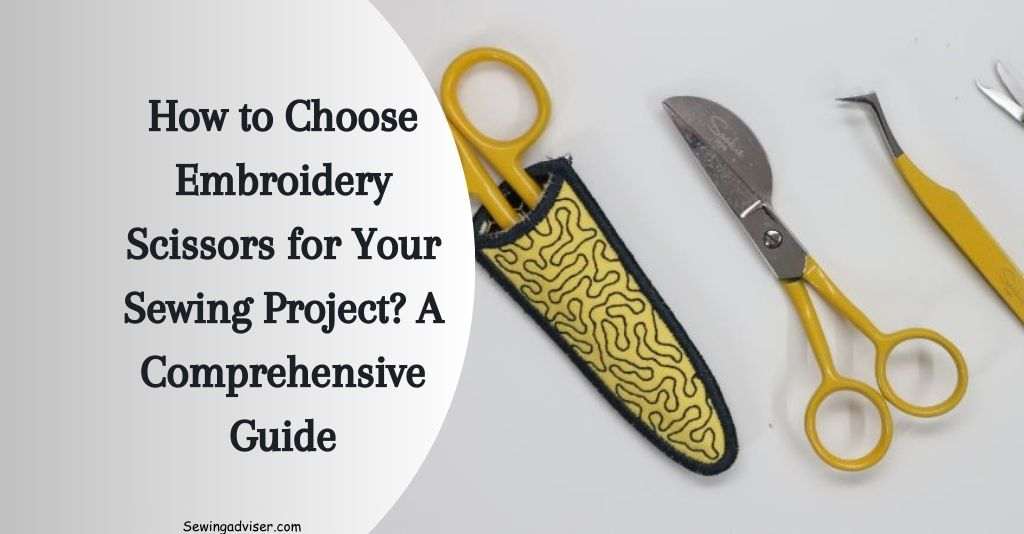
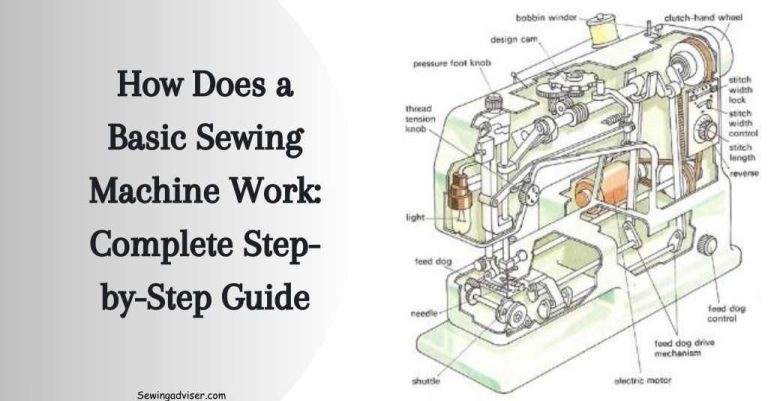
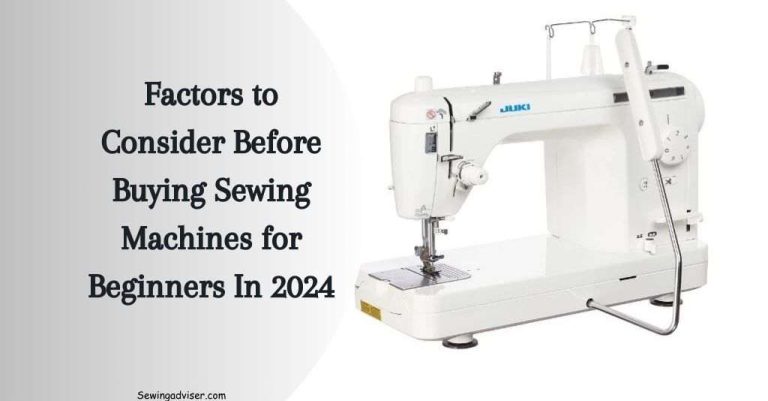
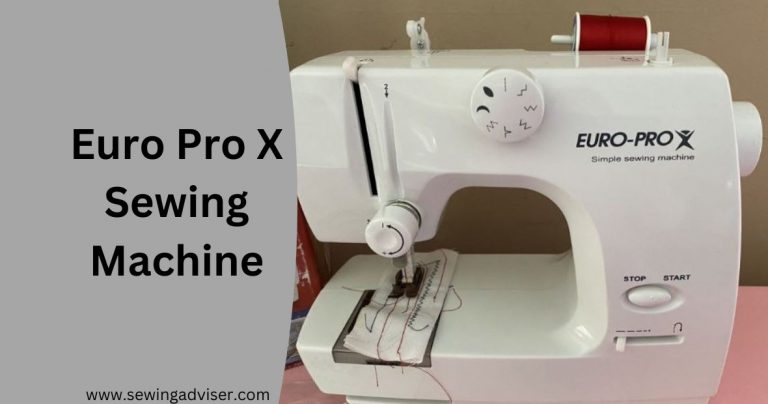
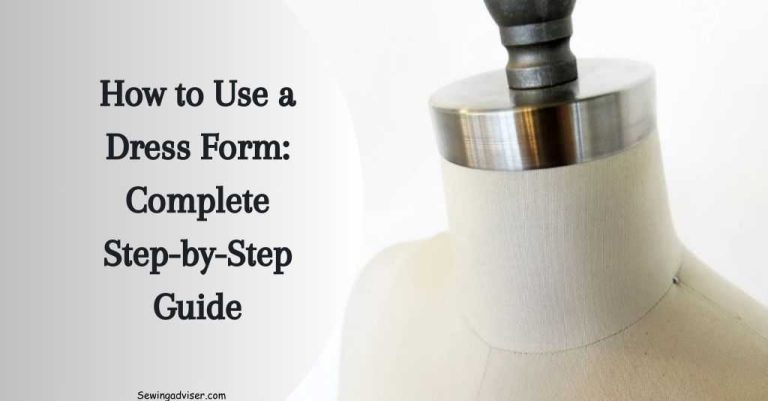
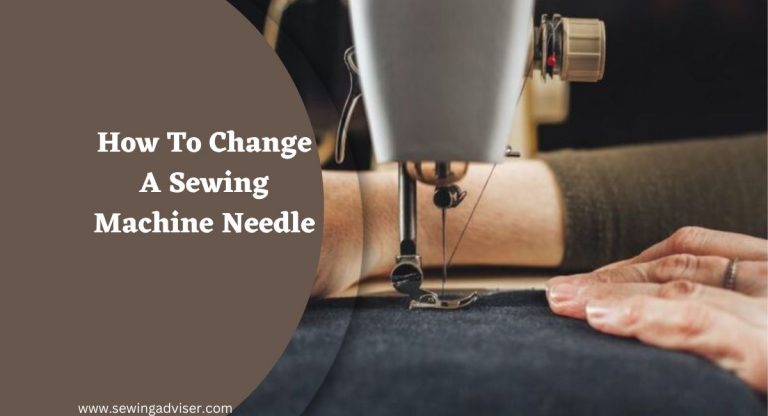
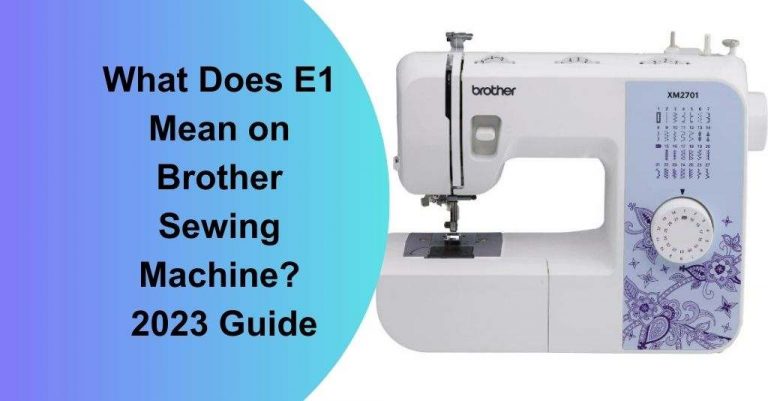
11 Comments